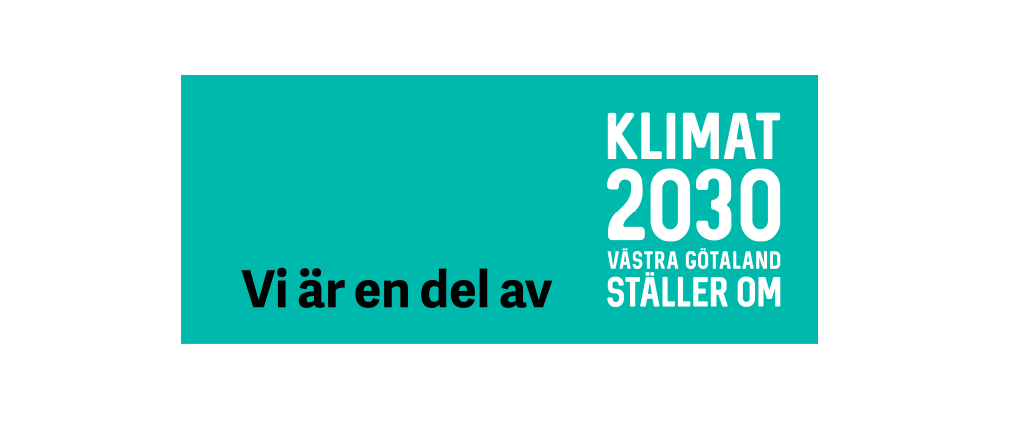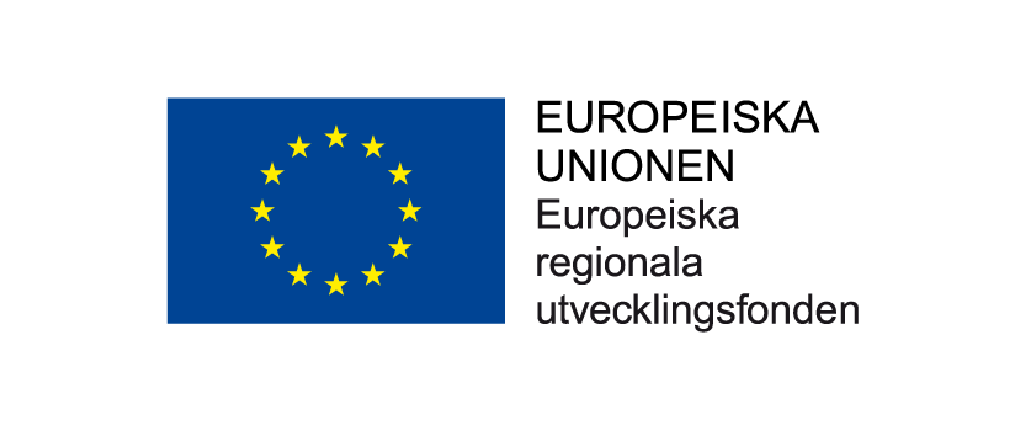Demand Controlled Ventilation (DCV) Systems in Commercial Buildings
- Utgivare: Inst. för Energi & Miljö, Avd. Installationsteknik, Chalmers Tekniska högskola
- År: 2009
- ISBN:978-91-7385-256-2
- Nummer: 2937
- Författare: Mari-Liis Maripuu
- Typ: Avhandling
Air-based cooling and indoor air quality control. Considerable energy savings can be achieved when the airflow rate is continuously adapted to the actual load condition. However, in order to assure the desired performance of the system, it is essential to know the requirements that the DCV system and its components should fulfil. The objective of this work has been to clarify the requirements for a well functioning DCV system. This includes cooling performance as well as sensor based air quality control. The work is based on theoretical analysis, field measurements of occupancy and system performance as well as laboratory investigations of DCV supply air diffusers and sensors for air quality control.
This thesis shows that it is possible to implement in existing as well as in new buildings an uncomplicated DCV solution that requires no active control dampers in the duct system. This, however, requires variable supply air diffusers with good airflow control properties and with a low noise generation even at a high pressure drop over the device. Also, in cooling applications the devices must provide a comfortable airflow pattern in the room within the entire airflow range and with low supply air temperature. In addition, the duct system must manage the wide airflow range, including the design minimum supply air temperature for cooling, with negligible heat gains. Tests carried out with such a DCV configuration show that high requirements set on the system components can be fulfilled.
An additional focus in this thesis is the application of DCV systems for air quality control. This requires sensors that can monitor the air quality and/or pollution to control the hygienic ventilation rate. Quantitative requirements for such sensors have been developed based on ventilation guidelines and standards. A detailed sensor study was carried out with a number of CO2-sensors and mixed-gas sensors. Results show that, depending on the requirement, several tested CO2-sensors could fulfil the established requirements set on sensors. However, the application of the tested mixedgas sensors for ventilation control is undecided. It is not clear how the output of mixed-gas sensors should be interpreted. Another limitation comes from the lack of available standards describing acceptable concentrations for many common air contaminants for non-industrial buildings.
Finally, this thesis also provides some information on the actual occupancy patterns in a commercial building in operation. One year monitoring in an office building indicates that during 90 % of the time the aggregated occupancy in the building is equal to or less than about 53 %.





